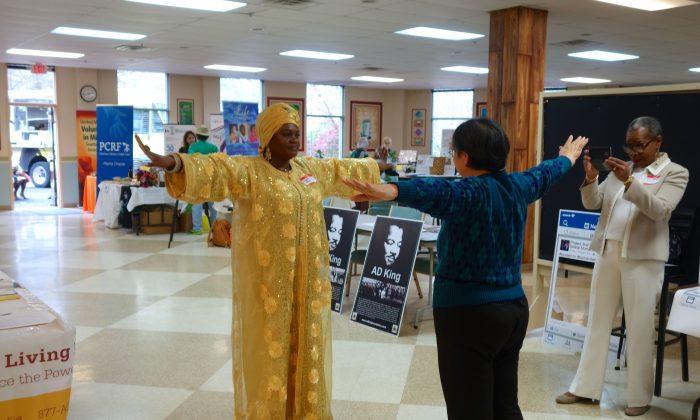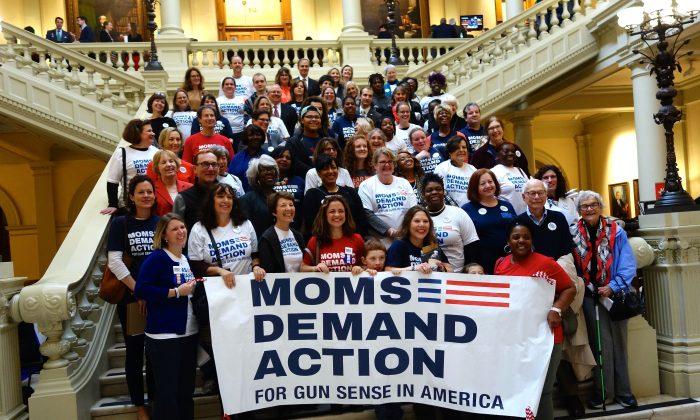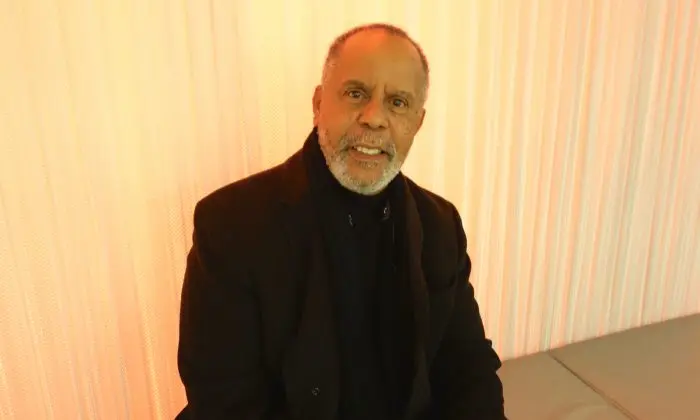Many prostituted juveniles taken into police custody are treated more like criminals than the victims of pimps and customers who sexually abuse them, a new study finds. Yet the lead author of the report found some reason for optimism.
Dr. Kimberly Mitchell of the University of New Hampshire’s Crimes against Children Research Center said people are now more aware of human trafficking, both for forced labor and for sexual exploitation. That awareness allows authorities and lawmakers to see underage prostitutes as vulnerable people who need rehabilitation.
”Conceptualizing Juvenile Prostitution as Child Maltreatment: Findings from the National Juvenile Prostitution Study,” identifies cases through a nationwide survey of law enforcement agencies and interviews with officers who have dealt with specific cases of juvenile prostitution. It reveals that nearly a third of young prostitutes are regarded as criminals.
According to Mitchell, while an increasing number of officers recognize the prostitution of juveniles as a form of child abuse and exploitation, “in some communities, police just view it as an extension of adult prostitution, and treat these young victims as delinquents.”
The study found that female prostituted juveniles younger than 16 and identified as runaways are more likely to be treated as victims, whereas individuals apprehended through law enforcement operations directed at controlling prostitution are apt to be viewed as criminals. Mitchell said if a grandmother, a social worker, teacher, or a parent approaches the authorities to complain about the child’s circumstances, authorities are less likely to arrest the child.
Not all police regard underage prostitutes as criminals.
“What’s interesting is that some of the police we talked to were bringing them in to get them services they needed,” said Dr. Mitchell. “It was easier to get them services as offenders than as victims.”
She said the young people have a multitude of problems, especially physical and mental health problems, and a multidisciplinary approach is needed.
Although some agencies are addressing this problem directly through special task forces aimed at combating the commercial sexual exploitation of children, the study finds that law enforcement in many communities does little to identify and properly deal with prostituted juveniles.
Mitchell said that these individuals, described as seriously abused, alienated, isolated, and often substance addicted, would ideally be met with a more coordinated set of interventions.
“They need police working with child protection, mental health, and medical authorities, all with specialized training in responding to the enormous needs in this population,” she said in a statement.
Much of her group’s funding comes from the Department of Justice, a federal source, she said. Yet the country’s states, small towns and cities have no coordinated or funded system for dealing with the problem. Part of the lack of coordination is a resource problem.
But Mitchell feels hopeful knowing that some cities have task forces against human trafficking, safe houses, and specialized counseling for sexually abused minors. “Some are doing a lot,” she said.
Dr. Kimberly Mitchell of the University of New Hampshire’s Crimes against Children Research Center said people are now more aware of human trafficking, both for forced labor and for sexual exploitation. That awareness allows authorities and lawmakers to see underage prostitutes as vulnerable people who need rehabilitation.
”Conceptualizing Juvenile Prostitution as Child Maltreatment: Findings from the National Juvenile Prostitution Study,” identifies cases through a nationwide survey of law enforcement agencies and interviews with officers who have dealt with specific cases of juvenile prostitution. It reveals that nearly a third of young prostitutes are regarded as criminals.
According to Mitchell, while an increasing number of officers recognize the prostitution of juveniles as a form of child abuse and exploitation, “in some communities, police just view it as an extension of adult prostitution, and treat these young victims as delinquents.”
The study found that female prostituted juveniles younger than 16 and identified as runaways are more likely to be treated as victims, whereas individuals apprehended through law enforcement operations directed at controlling prostitution are apt to be viewed as criminals. Mitchell said if a grandmother, a social worker, teacher, or a parent approaches the authorities to complain about the child’s circumstances, authorities are less likely to arrest the child.
Not all police regard underage prostitutes as criminals.
“What’s interesting is that some of the police we talked to were bringing them in to get them services they needed,” said Dr. Mitchell. “It was easier to get them services as offenders than as victims.”
She said the young people have a multitude of problems, especially physical and mental health problems, and a multidisciplinary approach is needed.
Although some agencies are addressing this problem directly through special task forces aimed at combating the commercial sexual exploitation of children, the study finds that law enforcement in many communities does little to identify and properly deal with prostituted juveniles.
Mitchell said that these individuals, described as seriously abused, alienated, isolated, and often substance addicted, would ideally be met with a more coordinated set of interventions.
“They need police working with child protection, mental health, and medical authorities, all with specialized training in responding to the enormous needs in this population,” she said in a statement.
Much of her group’s funding comes from the Department of Justice, a federal source, she said. Yet the country’s states, small towns and cities have no coordinated or funded system for dealing with the problem. Part of the lack of coordination is a resource problem.
But Mitchell feels hopeful knowing that some cities have task forces against human trafficking, safe houses, and specialized counseling for sexually abused minors. “Some are doing a lot,” she said.





Friends Read Free